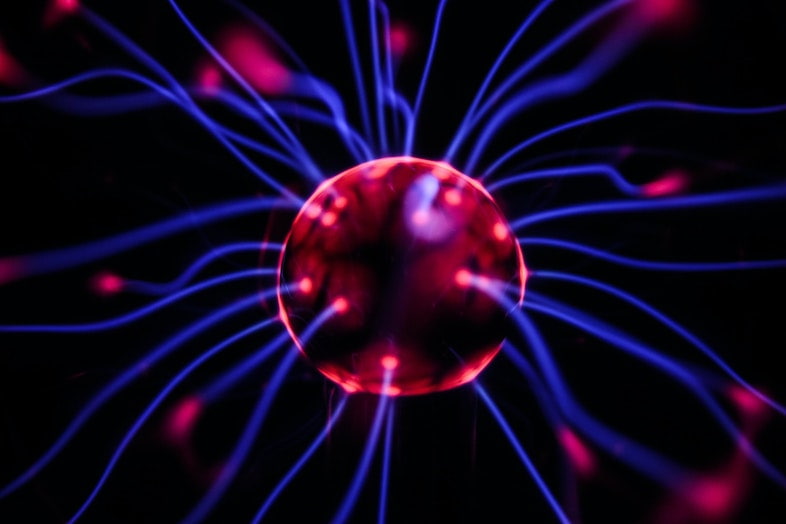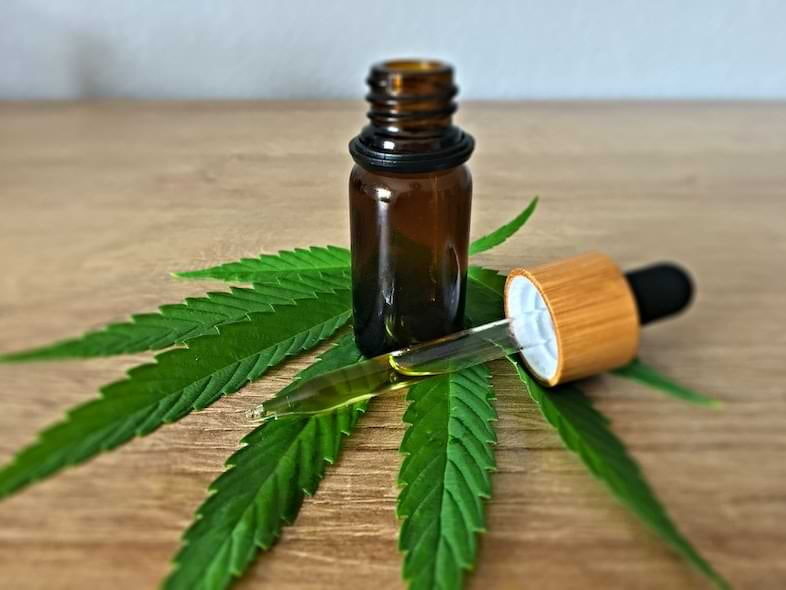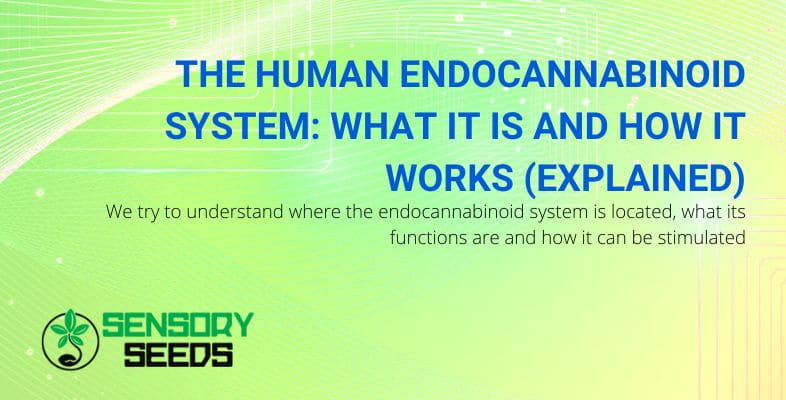Modified on: 21/09/2022
We try to understand where the endocannabinoid system is located, what its functions are and how it can be stimulated
If you have a passion for cannabis, chances are you already know about the existence of the human endocannabinoid system. However, you may not have had an opportunity to delve into the subject because many articles on the Internet deal with it too specifically and in extremely scientific language.
In the following lines, we will try to explain the nature and functioning of the endocannabinoid system as simply and clearly as possible.
What the endocannabinoid system is, and what it is used for
Within the human body, there are several biological systems, each of which has specific functions. For example, the endocrine system provides for the production and release of hormones, while the immune system provides the body’s defence against viruses, bacteria and other microorganisms. In addition to these systems, however, there is a somewhat less famous but significant one: the endocannabinoid system.
It is an internal machine that regulates man’s vital functions by sending specific signals to the cells. This communication network ensures that our organism maintains a balance and that basic cognitive and physiological processes usually occur. Among the most critical aspects that the endocannabinoid system regulates are hunger, sleep, mood and pain.


How the endocannabinoid system works
How does this system work in the body? The elements that make it up and make it work are three:
- cannabinoids;
- enzymes;
- receptors.
Cannabinoids are the molecules responsible for transmitting information to cells and can be of two types: endogenous and exogenous. The former are self-produced by the body and are called ‘endocannabinoids’; the latter is found in the chemical composition of certain plants, the most famous of which is cannabis, and are known as ‘phytocannabinoids’. On the other hand, enzymes have the task of neutralising the cannabinoids once they have fulfilled their mission as messengers.
However, there is a crucial step in between because cells cannot receive cannabinoid signals without aiding another fundamental element: receptors. Think of cannabinoids as a radio station that has to send a signal to various cities (the cells): for this signal to come through loud and clear, antennas are needed. Here, these antennae are called ‘receptors’ in the endocannabinoid system. Although three types are thought to exist, so far, science has only been able to discover two: CB1 receptors and CB2 receptors.
Let’s see where they are located.
Read also: Heat stress in hemp: how to recognise the problem and how to solve it
Where the CB1 and CB2 receptors are located
The first receptors discovered by scientists (precisely in 1990) were the CB1 receptors; their presence was mainly found in the area of the encephalon. However, although to a lesser extent, they are also present in other areas of the body, such as the lungs, kidneys, liver and reproductive system.
Concerning CB2 receptors, on the other hand, it was first believed that they were only found in the immune system, particularly in the spleen. Following studies, however, their presence was also discovered in the central nervous system, colon, liver, pancreas and bones.


How to stimulate the endocannabinoid system: the effects of CBD
As we have said, cannabinoids are produced by the body to regulate various functions. However, this system can be flawed when the amount of endogenous cannabinoids proves insufficient to maintain the correct balance. The consequences of these imbalances can be:
- sleep and appetite disorders;
- anxiety;
- stress;
- digestion problems.
In these cases, taking phytocannabinoids stimulates the endocannabinoid system and can help restore normalcy. The most famous cannabinoids in marijuana are THC (tetrahydrocannabinol) and CBD (cannabidiol). However, there is a substantial difference between these two molecules: the former has psychotropic effects, and the latter does not. Let us see, therefore, what properties CBD has and what benefits it can give.
Due to its neuroprotective properties, cannabidiol can mitigate the symptoms of oxidative stress. In contrast, its anxiolytic properties help regulate mood and alleviate the symptoms of various anxiety states, including post-traumatic stress disorder and obsessive-compulsive disorder. Furthermore, CBD is a natural anti-emetic; therefore, its intake positively affects digestive difficulties. Again, its anti-inflammatory and analgesic properties make it very useful in treating pain. Moreover, as this active ingredient promotes relaxation, it is a valuable ally for those who have insomnia.
But that’s not all: in addition to its effects in the presence of the ailments listed above, according to several studies, cannabidiol is also helpful in treating conditions such as epilepsy and multiple sclerosis.
Read also: Phosphorus deficiency in hemp: what are the symptoms and remedies for this nutrient imbalance
In conclusion
Scientific research is quite active in studying the endocannabinoid system and the positive effects CBD has on the body. The hope is that more encouraging results will emerge over time regarding its use for therapeutic and recreational purposes and that progress will be made on legislation. Until then, be aware that hemp cultivation is illegal and that, although the trade of cannabis seeds is permitted, it is not allowed to germinate.
Therefore, marijuana seeds for sale on Sensoryseeds can only be purchased for collecting purposes: from autoflowering seeds to feminized or fast growing weed seeds, there’s something for any taste!
We are waiting for you on SensorySeeds!









